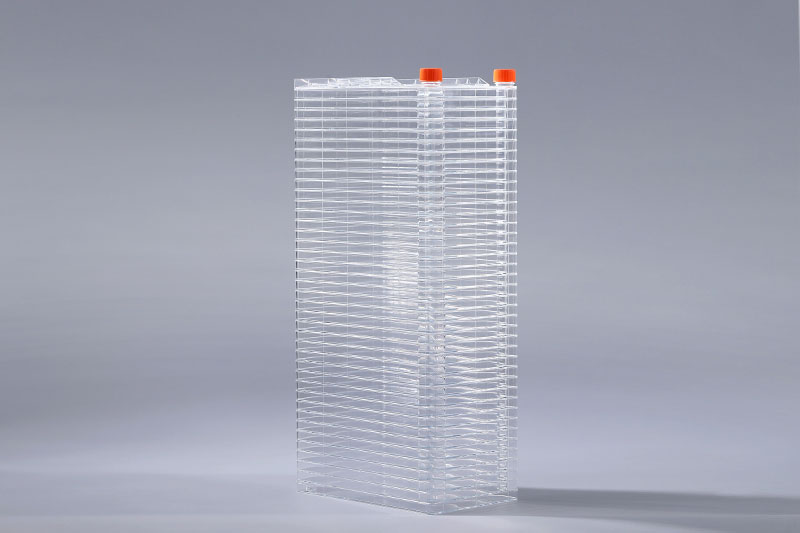製薬業界の急速な発展により、細胞培養技術はその野心を発展させることができました。 cell factorys などの細胞培養消耗品の助けを借りて、ワクチン、モノクローナル抗体、製薬業界などの工業的な大量生産で重要な役割を果たします。正しく使用すると細胞培養がより効率的に機能するため、細胞ファクトリーはどのように使用する必要がありますか?
細胞ファクトリーの使用は、特定の方法と手順に従う必要があります。不適切な操作は、後の細胞培養作業に影響を及ぼします。セルファクトリを使用する手順は次のとおりです:
1。注ぐことにより、必要な量の細胞懸濁液を細胞工場に追加します。各レイヤーの推奨ボリュームは200MLです。
2。細胞懸濁液を添加した後、液体添加ポートが手前になるように細胞工場を横向きに保ち、液体が各層に均等に分配されるように一定時間バランスを取ります。
3。液体充填ポートが上を向くように反時計回りに90度回転させ、一定時間放置すると、培地が自動的かつ均等に各層に分配されます。
4。液体注入口の片側を両手で持ち、セルファクトリをゆっくりと下に置き、水平に置きます。
5。クリスクロス法を使用して懸濁液を混合し、次に細胞工場を細胞インキュベーターに静かに移動させて培養します。
6。インキュベーション後、培地を収集容器に直接注ぎます。
7。最初にPBSで洗浄し(ステップ2〜4に従って)、細胞消化溶液を追加し(各層に15ML /層以上の消化溶液を追加することをお勧めします)、ステップ2〜4を繰り返し、2分間放置します(細胞消化条件によって異なります)。 )確かに)。
8。適切な量の消化停止溶液を加え、よく混合し、細胞懸濁液を収集容器に注ぎます。
細胞培養は非常にデリケートな作業です。 細胞工場の選択から各ステップの操作ステップまで、細胞培養作業を円滑に進めるために正しい方法を使用することが非常に重要です。
The FAI climbed 5.9 percent year-on-year in the first 11 months of 2018, quickening from the 5.7-percent growth in Jan-Oct, the National Bureau of Statistics (NBS) said Friday in an online statement.
The key indicator of investment, dubbed a major growth driver, hit the bottom in August and has since started to rebound steadily.
In the face of emerging economic challenges home and abroad, China has stepped up efforts to stabilize investment, in particular rolling out measures to motivate private investors and channel funds into infrastructure.
Friday's data showed private investment, accounting for more than 60 percent of the total FAI, expanded by a brisk 8.7 percent.
NBS spokesperson Mao Shengyong said funds into weak economic links registered rapid increases as investment in environmental protection and agriculture jumped 42 percent and 12.5 percent respectively, much faster than the average.
In breakdown, investment in high-tech and equipment manufacturing remained vigorous with 16.1-percent and 11.6-percent increases respectively in the first 11 months. Infrastructure investment gained 3.7 percent, staying flat. Investment in property development rose 9.7 percent, also unchanged.
 English
English



















































